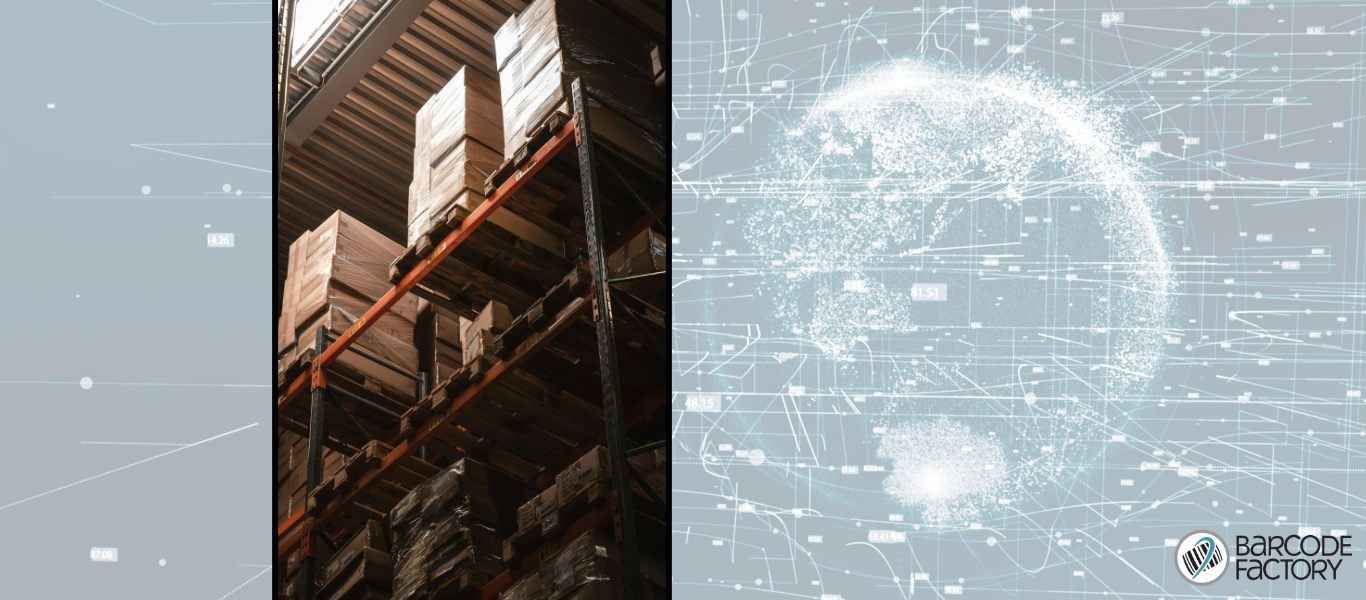Predictive Analytics for Inventory: Combining RFID and AI
Real-time data meets real-world efficiency.
Running out of stock or having too much stock costs businesses time and money. But with the right tech, inventory doesn’t have to be a guessing game. By using predictive analytics powered by RFID and AI, companies can make smarter decisions before problems happen.
Let’s see what that looks like in action…
A Day in the Life of a Smart Retail Store
Imagine you're shopping at a popular clothing store. You find a jacket, try it on, and head to the register. As soon as the jacket is scanned, something big starts happening in the background, even though it only takes a second…
Inventory Updates Instantly
That jacket has an RFID tag sewn into the label. When the cashier scans it, the system instantly removes it from the in-store inventory list.The Store’s Brain Takes Over
A fixed RFID reader, like the Zebra FX7500 hanging above the checkout area, tracks that the item is leaving the store. It talks to a smart inventory system powered by AI.AI Sees the Bigger Picture
The AI checks past sales data, season trends, and how fast jackets are selling this week. It sees that jackets are flying off the shelves and predicts that 75 more will be needed in the next 10 days.Reorder Happens Automatically
The system automatically creates a reorder. The warehouse gets a message to send more jackets to this store.Warehouse Gets the Order
At the warehouse, staff print new RFID labels using industrial printers like the TSC MH241. These labels go on the jackets before they’re boxed and shipped.The Restock Arrives
When the new jackets arrive at the store, a worker scans them with a handheld RFID scanner like the Zebra MC3330xR. The system updates right away, and the jackets hit the shelves.
No one had to count anything by hand, call a supplier, or guess how many jackets to order.
What’s Going On Behind the Scenes?
Here’s a quick look at what’s making it all work:
RFID Tags tell the system where each item is and when it moves.
Fixed Readers automatically track product movement in real time, without needing to scan each item one by one.
Handheld RFID Scanners help staff restock or audit inventory fast.
Industrial Label Printers create RFID tags or barcode labels for new products.
AI Software looks at all the data and predicts what’s needed next before stock runs out.
Where Else Is This Happening?
Retail isn’t the only place RFID and AI are making life easier. These tools work anywhere inventory matters:
Healthcare: Hospitals use RFID to track medical supplies and avoid expired items.
Manufacturing: Factories use it to keep parts in stock and avoid delays.
Warehouses: RFID scanners help workers pick, pack, and ship faster.
Food and Beverage: Some companies track food freshness and prevent waste.
If you manage inventory in any industry, this technology can help you work smarter, not harder.
Why RFID + AI Makes Inventory Smarter
When you use RFID and AI together, everything gets easier.
Here’s what you get:
Fewer Stockouts: You always have the products customers want.
Less Overstock: You don’t waste money storing too much inventory.
Faster Restocks: The system knows when to reorder without guesswork.
Fewer Errors: No more missed scans or lost items.
Happier Customers: Shelves stay stocked, lines move faster, and staff stay focused.
AI looks at patterns and tells you what to expect. RFID gives it the real-time info it needs to make those smart predictions. Together, they help you stay ahead.
Have questions about predicting inventory with RFID and AI, but unsure where to start?
Ask our team! Fill out the quick form below or contact us here, and one of our experts will help you!



